I am trying to create a reusable type, that is present as arguments a few functions. But intellisense only shows descriptions added to interfaces and not the original type declaration.
So, why this Prop1 description is shown.

but my formattedString description (/** Use this format: xx-xxxx-xxx */) is not? Even thought intellisense catched the SomeFormatedString definition.

/** Use this format: xx-xxxx-xxx */
export declare type SomeFormattedString = string
export declare interface SomeInterface {
/** bla bla 1 description. */
bla1?: boolean;
/** bla bla 2 description. */
bla2?: boolean;
}
export declare interface MyFunctionParams {
/** Prop1 description. */
prop1?: string;
/** Prop2 description. */
prop2?: string;
someInterface: SomeInterface;
formattedString: SomeFormatedString;
}